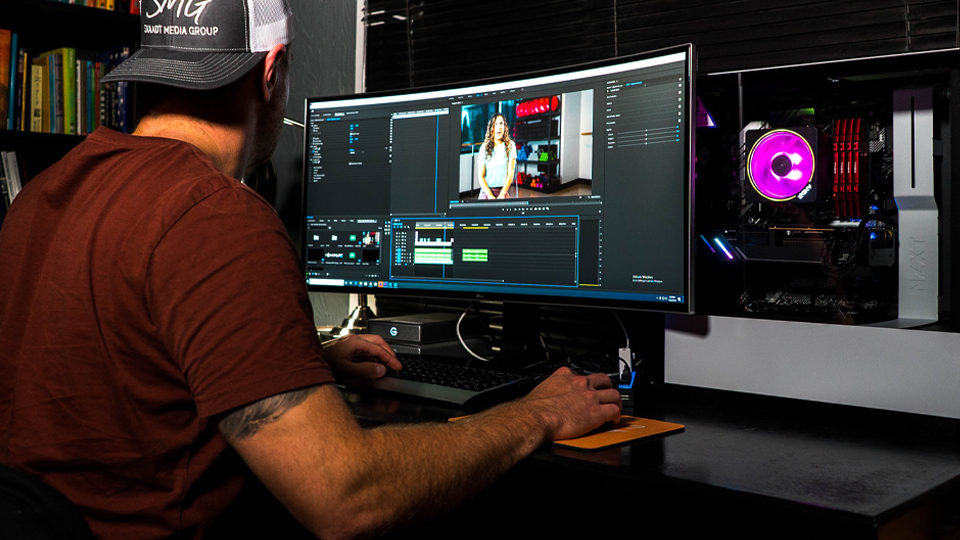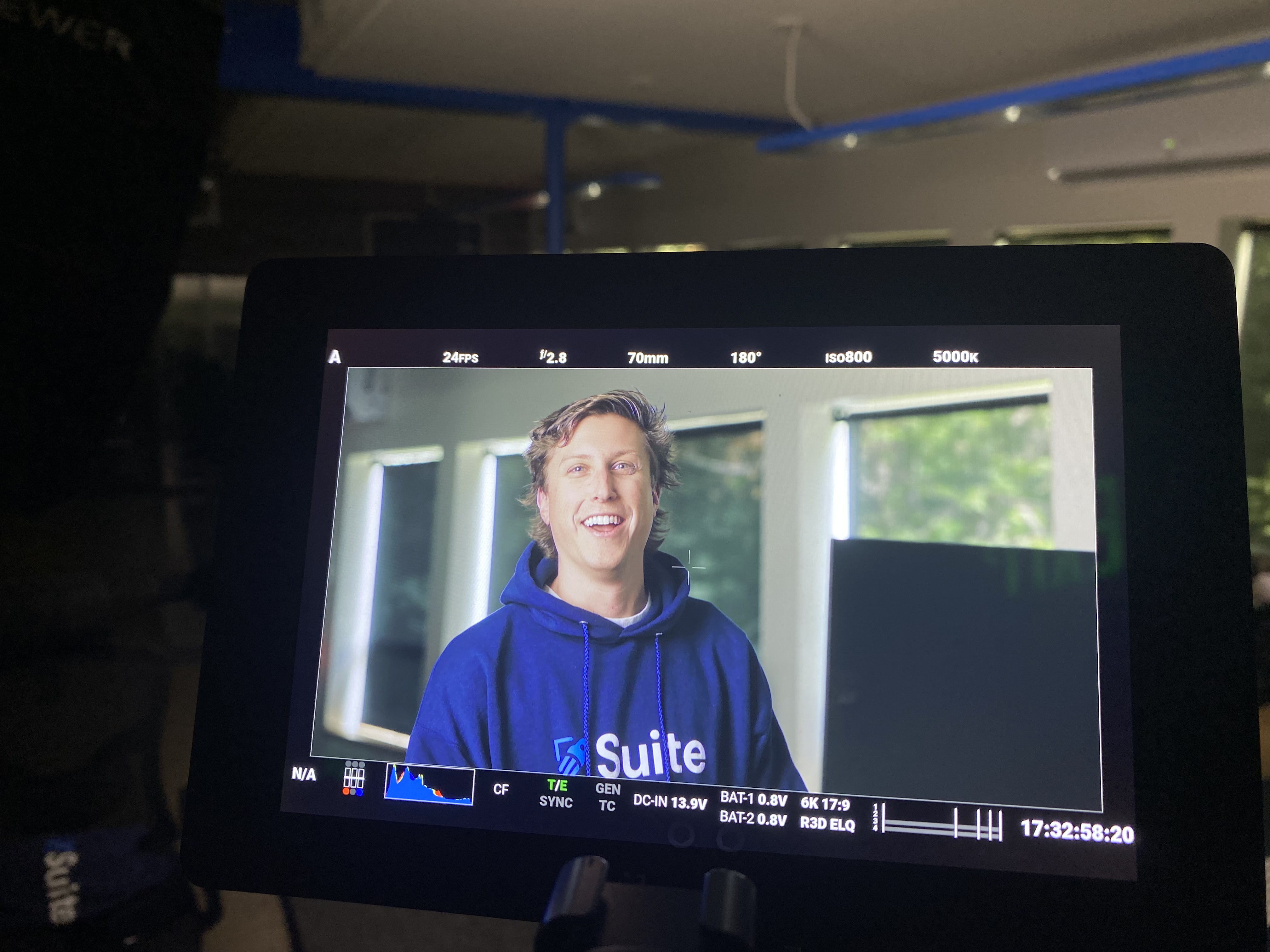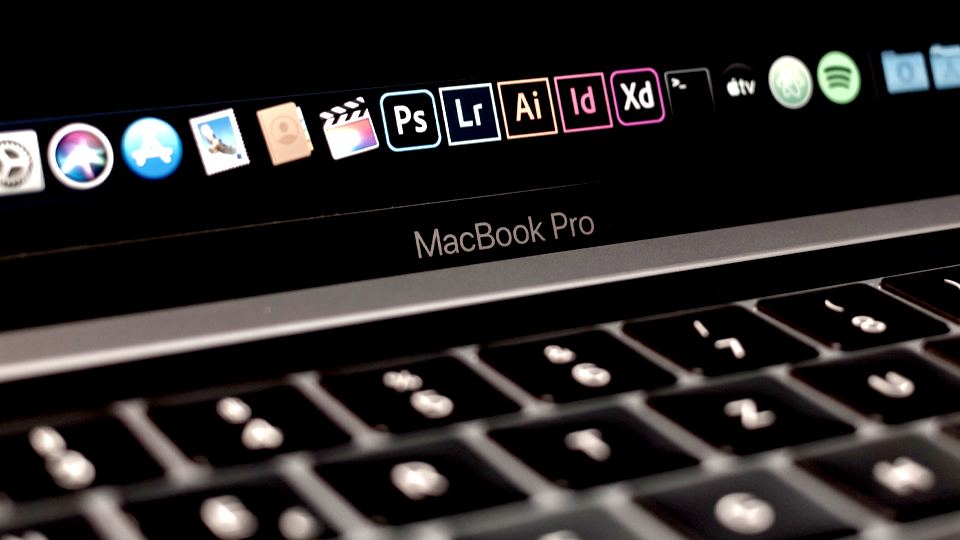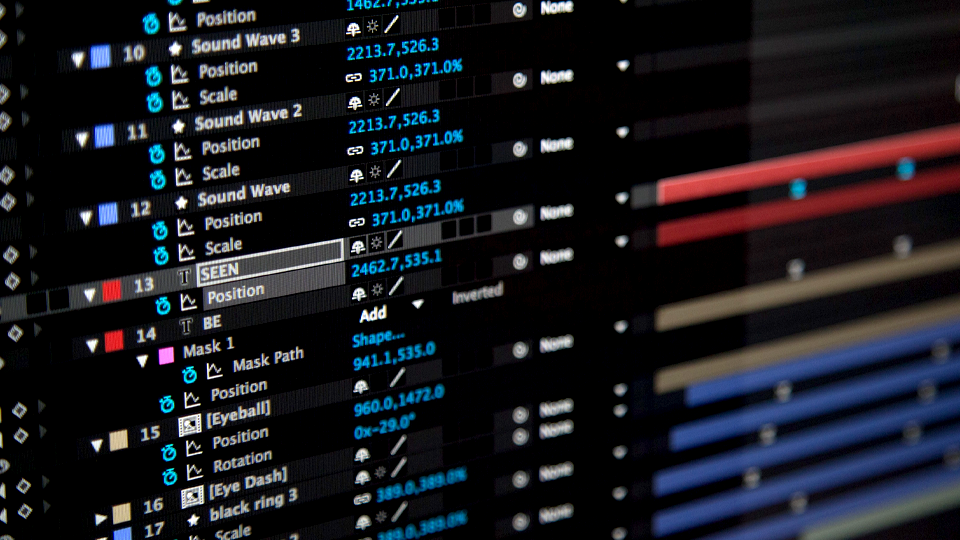Why Uploads and Downloads Are Killing Your Remote Workflow
The Editors

4 Minutes

Let’s be honest, media teams using sync solutions or shipping hard drives to collaborators have a lot of waiting to do before creative work begins. Waiting for a massive project to upload. Waiting for a file to download. Waiting for a drive to show up in the mailbox. Waiting, waiting, waiting...
This isn’t just inconvenient. It's not just annoying. It’s constant friction that quietly grinds a creative workflow to a halt. More than that, though, it ends up costing teams time and money.
Every minute spent waiting on file transfers or syncing is a minute not spent editing, collaborating, or moving a project to completion. As deadlines tighten, clients get more demanding, and teams have to juggle projects across multiple time zones, those lost minutes, hours, or days become missed opportunities. The industry has accepted this lag as normal. But it doesn’t have to be…
The Creative Cost of Slow File Transfers
There isn't nearly enough discussion about how damaging it is for a creative team to start every day downloading assets, or how draining it can be to watch a progress bar instead of working in the timeline. Ensuring the latest assets are linked and ready to use shouldn't mean spending hours—it should be as easy as hopping into the timeline and getting to work.
Creatives in the video space thrive in the Flow State—that mindset where you’re firing on all cylinders, making intuitive decisions, and fully immersed in the work.
When you’re constantly waiting on assets, guessing which version is most up-to-date, or stuck managing media between numerous collaborators, media teams are taken away from this creative headspace. You spend your day organizing files, tracking down team members, latest versions, and relinking assets instead of staying focused on the creative work that matters most.
Obsolete Workflows: Shipping Drives and Syncing Assets
Historically, creative teams have patched over storage issues with a few different solutions.
If you’ve shipped drives before, you know the drill: grab a drive (or buy a new one), package the media, swipe the company card to overnight it, and cross your fingers it arrives intact and on time. Rinse and repeat for every new project, and for every individual collaborator. While this method might get the job done, it’s not a sustainable (or cost-effective) process. It eats up time, puts your media’s integrity in someone else’s hands, and simply doesn’t scale for the fast-paced, real-time collaboration that today's media industry demands. Moreover, shipping drives leaves teams and individual collaborators isolated, siloed on local machines, until the next handoff.
Sync solutions, like Dropbox or Google Drive, also instill slowdowns that plague modern media teams. Most notably, these cloud storage solutions require full file downloads before collaborators can open a project. Every time a change is made to a file, it must sync on each individual collaborator's local machine, in full, before editing can begin. That means if you only need to tweak a short section of a two-hour interview, you’re still forced to download the entire file. Multiply that process across a company's entire workflow, or amongst a 20-person remote team, and you’re suddenly burning hours just syncing or transferring files that shouldn’t need to move in the first place.
The worst side effect of these historically popular storage solutions is that they both waste precious creative time—often hours or even days of just waiting around for files to transfer.
The Fix: File Streaming Built for Creative Work
File streaming technology offers a new solution for remote creative teams.
It works just like your favorite TV streaming service—you don’t need to download an entire movie before you start watching, it streams instantly. The same concept applies here, just at the file level.
For creatives using file streaming, instead of downloading entire files before work begins, editors can access any files from any location, without the need to download or sync media prior to working. Need a clip from the middle of a long source file? Need to make a last minute change to a deliverable? With file streaming, those files are immediately accessible in the timeline. Centralized on the cloud, files also stay organized as if everyone’s working from the same server, taking the connectivity and speed of local workflows and extending that feeling to anyone, anywhere.
File Streaming technology is fundamentally changing how remote and hybrid media teams can work across any distance. From boutique VFX shops to enterprise-level media companies, or brands that have global teams, creatives can work across time zones without hesitation, all while avoiding time-sucking downloads, syncing, or wait times on shipping hard drives.
Faster Workflows Create Better Outcomes
For remote, hybrid, and even on-prem teams, it’s often the workflow—not the talent or the team’s bandwidth—that slows creativity down the most. Whether it’s time wasted on downloads, waiting on drives in transit, or waiting on someone to drive to the office to access the server and reconnect a VPN, these are all moments spent away from the creative process.
With file streaming, teams can collaborate in real-time while gaining the flexibility to work from anywhere. For creative professionals, that’s a game-changer. The benefits?
- Manage multiple projects without clutter
- Hit deadlines faster
- Spend less time on file management
- Keep editors in their Creative Flow
- Hire the best talent, no matter their location
The bottom line is that teams leveraging file streaming are saving time on every project. Better yet, teams using file streaming have the ability to scale and stay agile in a world where remote collaboration is the new standard. For creatives that have outgrown the sync-and-wait approach, file streaming offers a new way to collaborate with anyone, across any distance.
Final Thought: Stop Syncing & Start File Streaming
The era of waiting on media transfers is over. Creative work shouldn’t be gated by bandwidth limits, delayed shipments, or sync progress bars—it should move at the speed of your next deadline. File streaming gives media teams their time back, so instead of managing storage, file versions, or waiting on file transfers, creatives can stay focused on their craft.
As production schedules tighten and global collaboration becomes the norm, file streaming isn’t just a "nice to have"—it’s a competitive advantage that helps teams of any size hit their deadlines faster. Teams that embrace it are redefining what’s possible: faster turnarounds, faster collaboration, and workflows that scale effortlessly across any distance. The creative process doesn’t have to start with a download or a sync. Using file streaming, it starts the moment you open up the timeline.
Learn more about File Streaming




































